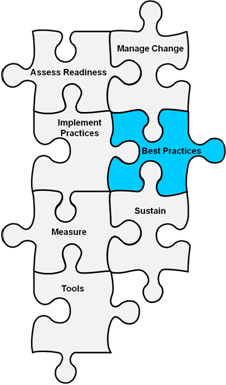Take these simple steps to help keep your homeowners association community safe and secure.
You know the saying: the best defense is a good offense. The same applies to the safety and security of your homeowners association community. Gates, alarms, guards—these are all great measures for deterring would-be thieves and other ne’er-do-wells. But there are other ways to keep such unwanted individuals from even making that first attempt.
- Develop a safety and security policy. In it, create a process for an annual review of current and new security systems. Determine what types of security measures you’ll include and the budget you’ll dedicate to maintaining them.
- Create a safety committee. This group should be responsible for regularly walking the property to identity possible security issues—lights that need replacing, hedges that need trimming, doors or gates that don’t close properly and so on.
- Establish relationships with local law enforcement. Invite police officers who patrol your area to come speak at board meetings. Identify a community liaison within the police department as your main point of contact for security issues, and check in occasionally. You don’t want your first contact with law enforcement to be the result of an incident.
- Meet your neighbors. Developing a sense of community helps everyone. Neighbors on friendly terms are more likely to watch out for one another, report suspicious activity and be more aware of what’s going on in their community. Plan community events where neighbors can get to know one another.
- Remind homeowners about security. Publish a monthly safety tip in your homeowners association publication. Display crime statistics of your community in a common area. Talk about policies meant to keep your community safe, such as not providing door codes to others, keeping gates shut and not allowing strangers through security measures.
Whatever safety measures your homeowners association takes, be sure to understand your responsibility. Each state has different requirements related to an association’s duties when it comes to protecting its residents. Research the law in your state and communicate the responsibilities of the association—and the homeowners—to help keep everyone safe.
Related Articles
- The NSA's PRISM Surveillance Program Explained
- What is PRISM
- Why is Gmail Free?
- Why is Yahoo Free?
- PRISM Oversight
- Fire Safety In Your HOA
- Should You Hire An HOA Management Firm?
- How To Collect Delinquent HOA Dues And Fees
- Should Your HOA Invest Its Reserves?
- 6 Steps To Create An HoA Board Resolutio
- HOA & Homeowner Association FAQ
- How to Start a Neighborhood Association
- HOA Website Can Save Money And Increase Communication
- How Neighborhood Assoc Websites Can Increase Participation
- A Condo Association Website Can Facilitate Communication
- Neighborhood Watch-How to Start One!
- Utilizing a Neighborhood Watch Website
- An Effective Meeting Agenda
- Funding a Reserve Study
- HOA Maintenance - Who Has Responsibility for What?
- Budget Preparation Tips
- Directory of Association Articles
 Print
Print Email
Email








